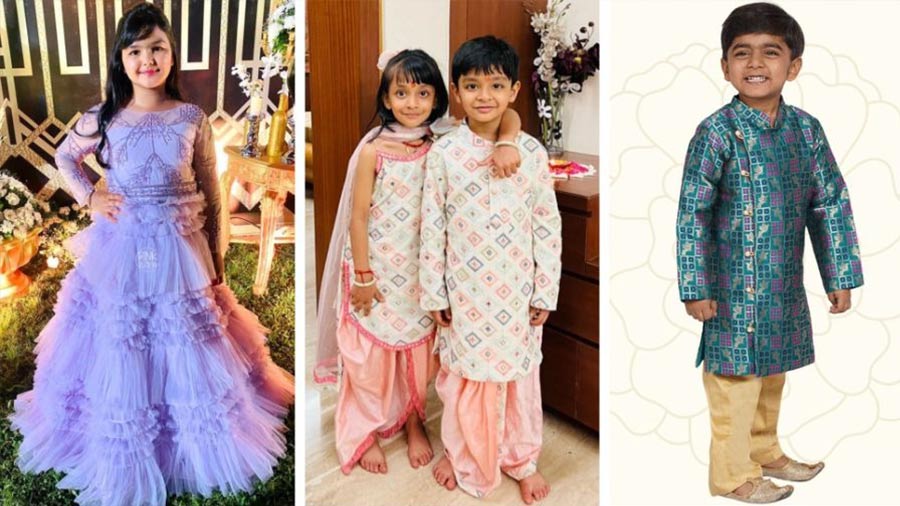In today’s fast-moving fashion world, there’s a beautiful trend gaining popularity: the blending of traditional cultural styles with modern trends—especially in kids’ fashion. Parents around the globe are embracing the idea that their children can celebrate heritage and stay stylish at the same time. From ethnic prints to reimagined festive wear, 2025 is all about making cultural fashion cool, comfortable, and playful for the younger generation.
Fashion is one of the easiest and most expressive ways to connect kids to their roots. Whether it’s a kurta with jeans, an African Ankara print frock with sneakers, or a kimono-style wrap dress made with pastel linens, traditional clothing is no longer reserved for formal events. It’s evolving into everyday wear with a twist. Designers are taking classic silhouettes and giving them modern makeovers—think lighter fabrics, playful cuts, and functional details like elastic waists and snap buttons that suit the active lifestyles of children.
One of the key shifts we’ve seen in 2025 is the popularity of fusion fashion—where East meets West. For example, a little girl might wear a floral lehenga skirt with a denim jacket, or a boy might rock a Nehru vest over a T-shirt and chinos. It’s a fun, wearable way for children to honor their traditions while still fitting in with the global fashion scene. These outfits also work wonderfully for multicultural families or communities, blending identities seamlessly into beautiful, wearable art.
Kids’ fashion labels are also stepping up, creating collections inspired by cultural heritage but designed with modern comfort in mind. Many brands are now showcasing global patterns and traditional textiles, such as ikat, batik, shibori, and ajrak, on Western silhouettes like rompers, dungarees, and dresses. These clothes aren’t just stunning—they also start important conversations between parents and kids about culture, diversity, and pride in one’s background.
Another growing trend is the revival of regional festival fashion—but with a cool update. Kids now wear Eid kurtas with colorful joggers, Diwali saree gowns with sparkly sneakers, or Lunar New Year tunics with modern accessories. Even formal looks are being made child-friendly, using breathable fabrics like cotton-silk blends, wrinkle-free linens, and soft lace to ensure kids can play and celebrate in style without discomfort.
Accessories also play a big role in balancing tradition with trend. Think embroidered juttis (traditional shoes) paired with modern dresses, or a turban styled with a streetwear jacket. These little touches make the look special without making it feel too heavy or outdated. Hair accessories, beads, headwraps, and ethnic jewelry adapted for kids are making their way into global fashion catalogs, proving that cultural style can be both youthful and trendy.
Perhaps the best part of this trend is the confidence it builds in kids. When children wear clothes inspired by their culture, they’re reminded that their identity is something to be proud of. They learn to walk a little taller, smile a little brighter, and feel more connected to their history. And when that’s paired with modern fashion sensibility, the result is pure magic.
As the world becomes more connected, fashion is becoming a bridge that connects generations. Cultural styles in kids’ fashion are more than just clothes—they’re stories, memories, and expressions of identity. In 2025, the trend is clear: kids can honor the past while strutting into the future in style. And that, right there, is the definition of timeless fashion.


